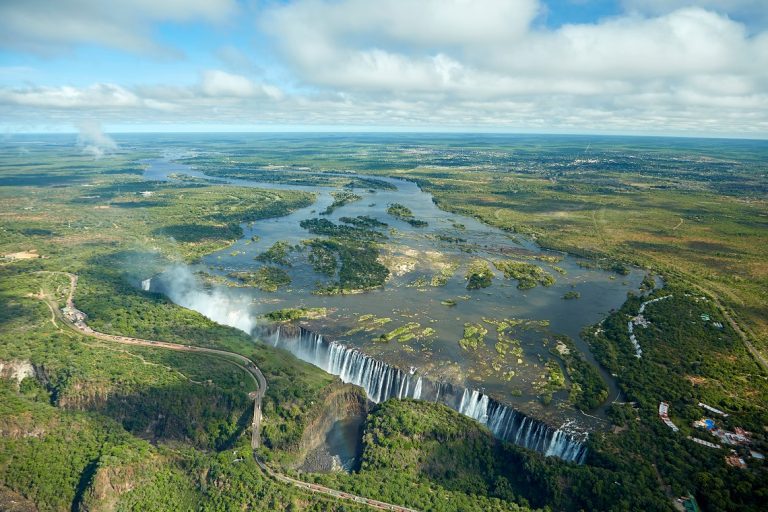Inspired by 19th Century explorer DAVID LIVINGSTONE, CHAZ POWELL BRAVES lions, landmines, and the elements to TREK the length of the ZAMBEZI RIVER, Africa
WORDS: CHAZ POWELL
IMAGES: ALEX FROOD
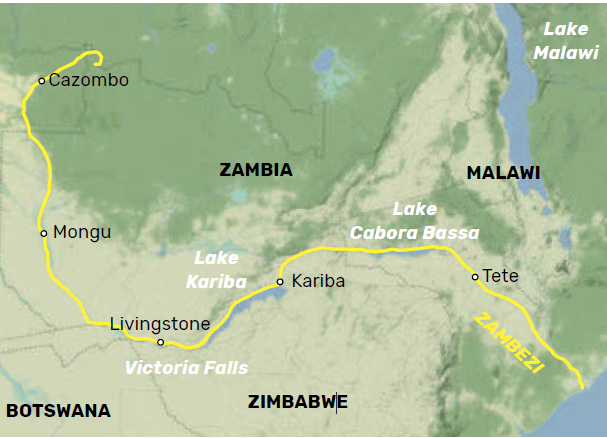 It’s my 70th day of walking since reaching the source of the great Zambezi River, the fourth-longest river in Africa, and I’ve become lost in a maze of dry, overgrown scrub bush. I’m somewhere high up, trekking above the fast-flowing rapids of the Zambezi’s Batoka Gorge. With temperatures now hovering above 50C, my decision to move away from the river’s rocky banks to speed up my progress on foot is one that may have just cost me my life.
It’s my 70th day of walking since reaching the source of the great Zambezi River, the fourth-longest river in Africa, and I’ve become lost in a maze of dry, overgrown scrub bush. I’m somewhere high up, trekking above the fast-flowing rapids of the Zambezi’s Batoka Gorge. With temperatures now hovering above 50C, my decision to move away from the river’s rocky banks to speed up my progress on foot is one that may have just cost me my life.
INS AND OUTS
In the years building up to my Zambezi River trek, I’d become obsessed with researching expeditions from the past. Those of David Livingstone, who ventured into Africa, and various other explorers from his generation, held a special fascination for me. I was truly inspired by the journeys they’d made, in a time when the environments they were going into were considered the wildest, most uncharted places on Earth.
Over 150 years on and these places are still some of the most untamed on the planet. The sense of danger, wildness, and the unknown had such an appealing edge to it, it stirred an excitement in me thinking about the possible adventures I could have there – an expedition to Africa would be my ultimate journey.
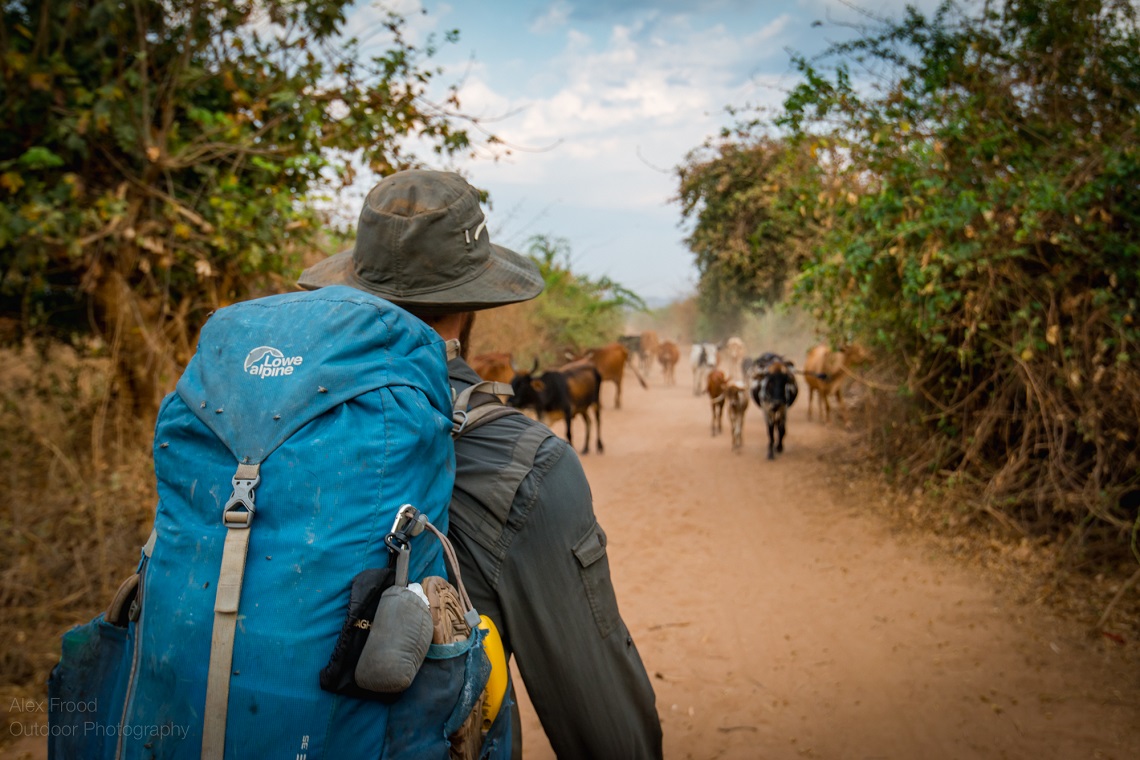
The Zambezi expedition took two years of strict planning and, during that time, one of the biggest recommendations I received was to get myself a local guide. Someone who could accompany me on the journey, who knew the local languages and the various regions we would pass through.
A Zambian friend of mine had expressed his interest in joining me. He seemed to share my fascination with the Zambezi River and had a similar craving to take on a wild adventure by foot. So, it was set.
After a three-day bus journey into the wild, forested region of the Kalene Hills in north-western Zambia, followed by a night camping out near the river’s source, my guide had turned extremely quiet. Then, just as we were about to begin walking, he stopped, took a deep breath, looked at me and said that the reality of what we were about to undertake was too much. He would not be able to accompany me on the walk after all.
I was completely taken aback, but I understood what he meant. All I could do was shake his hand and watch him slowly walk back down the path the way we’d just come. I didn’t know what else to do, and so not wanting to appear upset, I began walking.
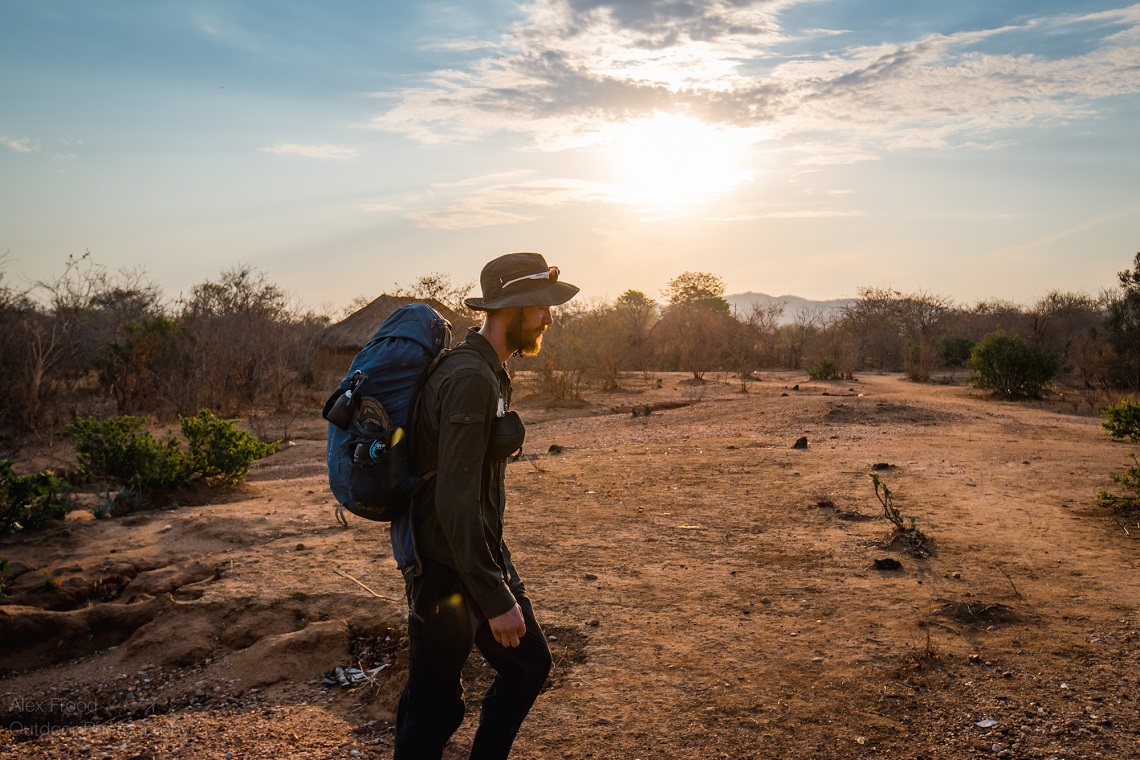
After hacking my way through the thick forest overgrowth for what was probably only a few hundred meters, I stopped and hunched myself down onto the ground with my head in my hands. I felt upset, angry, and confused. My own reality was suddenly dawning on me. Could I really carry on walking having been left alone here, or should I succumb to the same wake-up call as my friend and turn back now?
After analysing my situation, I decided I’d have to take the journey one day at a time and see how I felt each morning. This expedition was something I’d dreamt about for such a long time, and I was determined to give it my all. Picking myself up, I continued to trace the small trickle of water that was just starting at the root of a tree.
Little did I know that this was my first big lesson of the journey. It was only day one and I’d already realised my own mental strength. The ability to push myself forwards when things became overwhelmingly difficult is something I’d come to rely on more and more as the expedition unfolded.
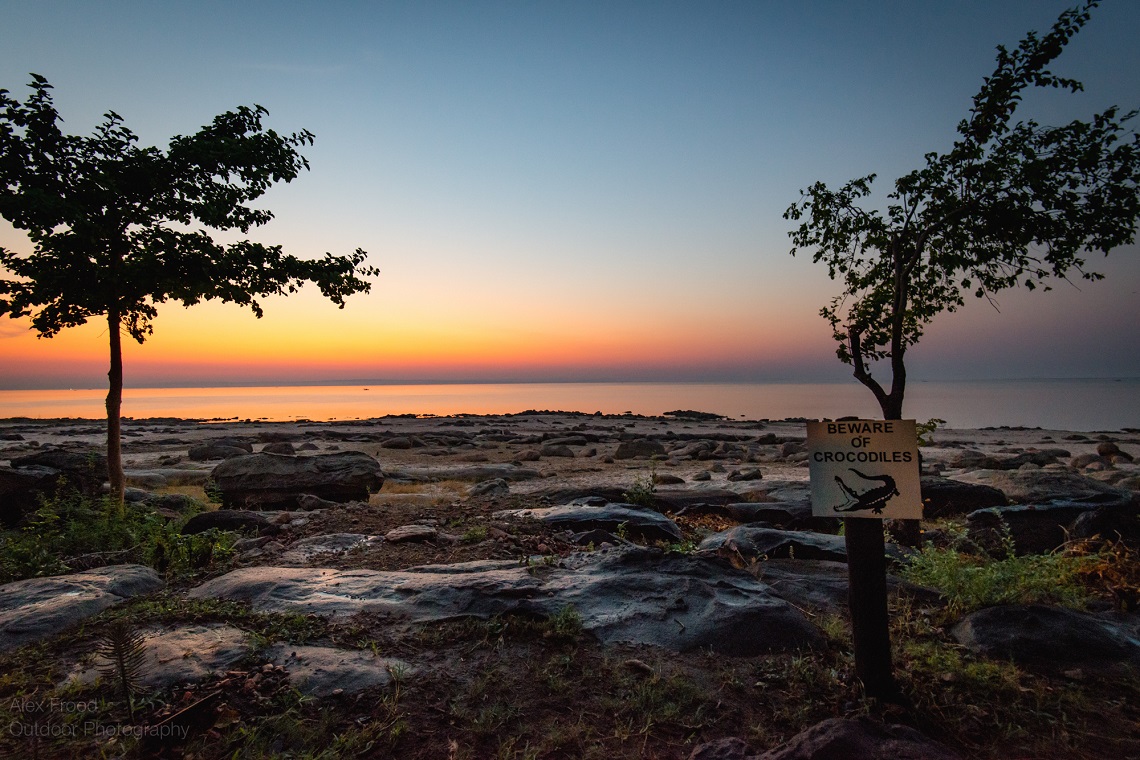
ANGOLAN LOGISTICS
The first major obstacle of my walk was trying to get myself into Angola. In the planning and buildup stage, I had failed to obtain a visa that would allow me to enter the country by foot. The logistics behind making this part of the journey work seemed to get more and more complicated the further I looked into it.
I did consider walking across the border into Angola and then following the river illegally. I assumed there wouldn’t be much of a border crossing and I was sure locals must do this all the time, but nerves got the better of me and after hearing numerous warnings of landmines and lions, I swiftly decided against it.
In the end, I concluded that as the Angola section of the Zambezi was a mere 150 miles out of the whole 1,600-mile journey (running close to the Zambia border), I would cut my losses and follow the border of Zambia and Angola for that section of the trip instead of the river.
The villages I passed through would rarely see any outsiders, so when a tall, strange-looking white man appeared, it would always come as a huge surprise.
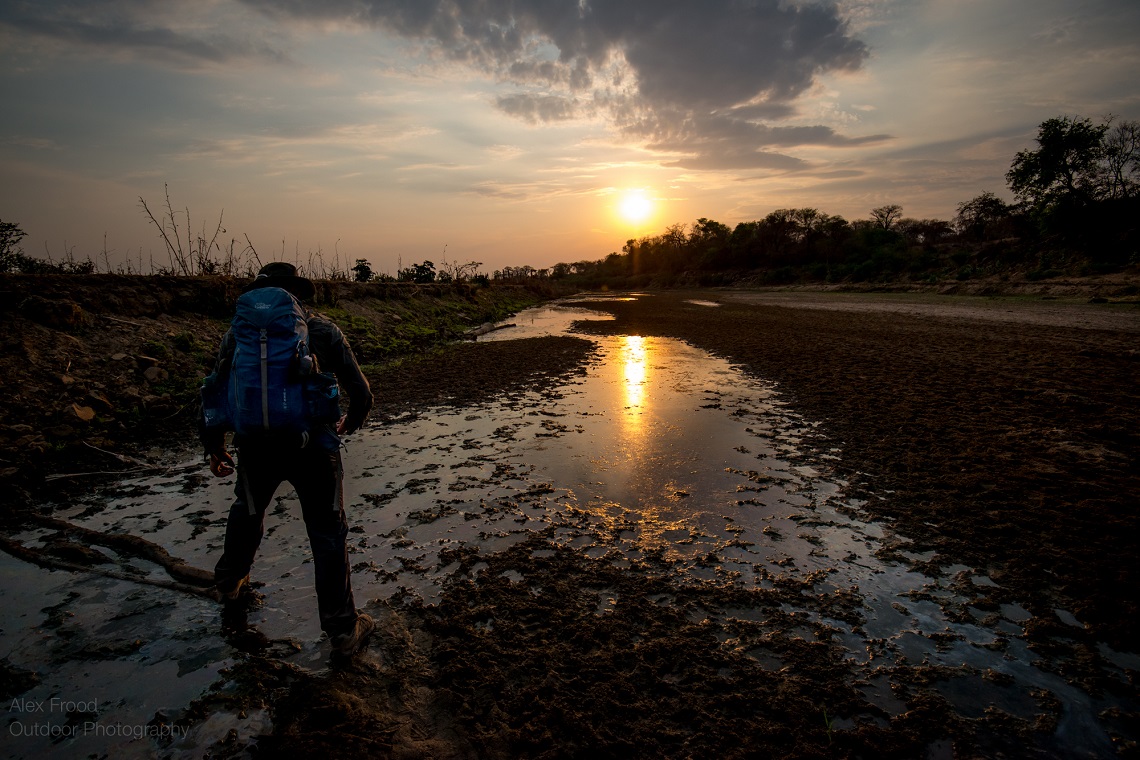
The children filling water from the boreholes on the outskirts of the villages would be the first to spot me, their initial response invariably one of complete shock and horror. Then they’d sprint away in fear to alert the other villagers about the approaching stranger.
After I’d explained my mission, though, the dubious welcome would turn into the most tremendous, humbling experience. Some of the most incredible memories I have from Africa are of the kindness I received.
People who had absolutely nothing in the form of possessions gave me absolutely everything they had in the form of heartfelt generosity. I came to rely on the people, not just for their kindness, but also for navigation, local knowledge, advice, and protection.
When I eventually left the Angola-Zambia border and re-joined the Zambezi River, I had some new challenges to face. The first was the Barotse Floodplains.
A huge 400-mile expanse of swampy marshland that’s completely submerged underwater for around 70 percent of the year. I chose to begin my walk at the hottest time of the year to make crossing this region easier. Even so, I still found myself wading up to my waist in marshy bogs, struggling to reach higher ground and easier pathways.
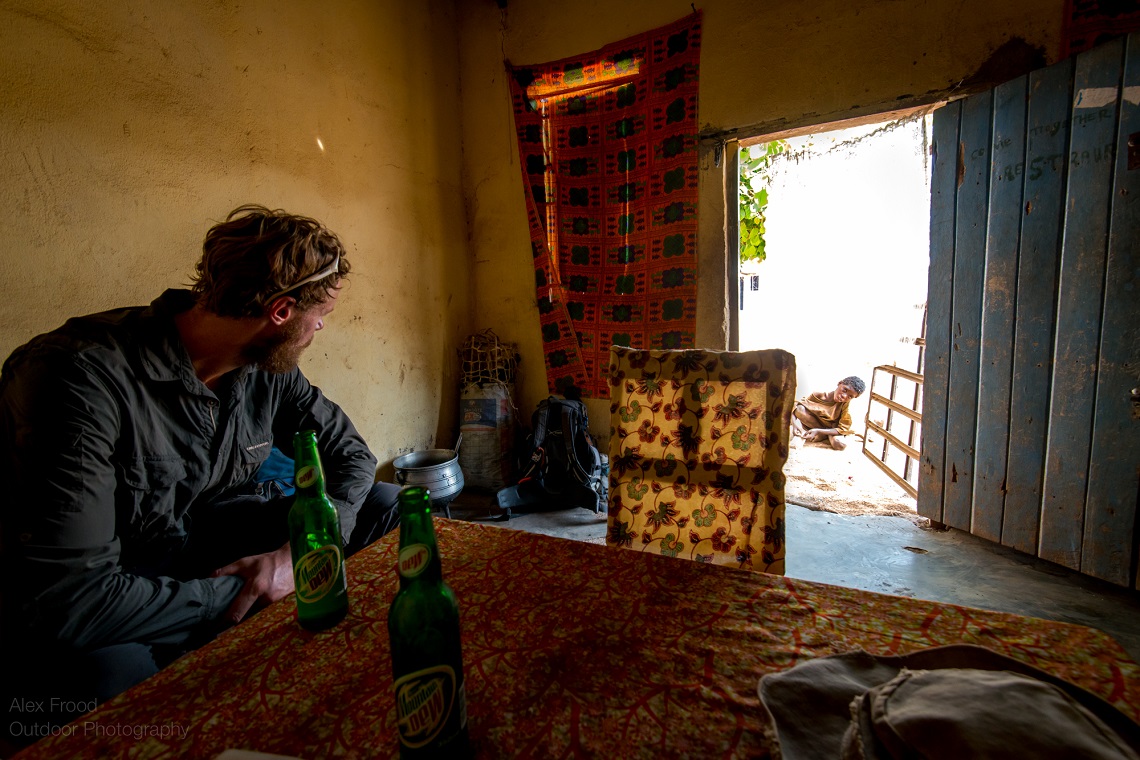
UPS AND DOWNS
By the time I was back on drier ground, I felt drained. The journey had become a constant physical and mental battle. But I knew I had to stay focused with a positive mindset to keep myself moving forwards each day.
The Zambezi River is split into three different sections: Upper, Middle, and Lower. Once the River drops down into the Batoka Gorge from the Victoria Falls, it is then classified as the Middle Zambezi. This section had been a concern since the start of my walk.
When I reached the gorges in early October, dubbed ‘suicide month’ by the locals due to the insane temperatures, the mercury was creeping above 50C. Because of this, I knew my only option to get water would be to go deep down into the gorges and trek next to the river itself.
It was one of the most difficult decisions of the journey: should I negotiate the steep-sided cliffs, rocky terrain, and narrow pathways of the gorges to stay close to my only source of water? Or walk along the top of the gorge where the terrain would be more even but also bone dry? Given the intense heat, the only realistic choice was to walk along the riverbank.
By now I was feeling extremely confident in my mission. I’d been covering fairly long distances, averaging around 20 miles a day. I also had relatively easy access to fresh food supplies as I passed from village to village. I didn’t consider any of these factors when I left the villages behind and began walking down into the gorges.
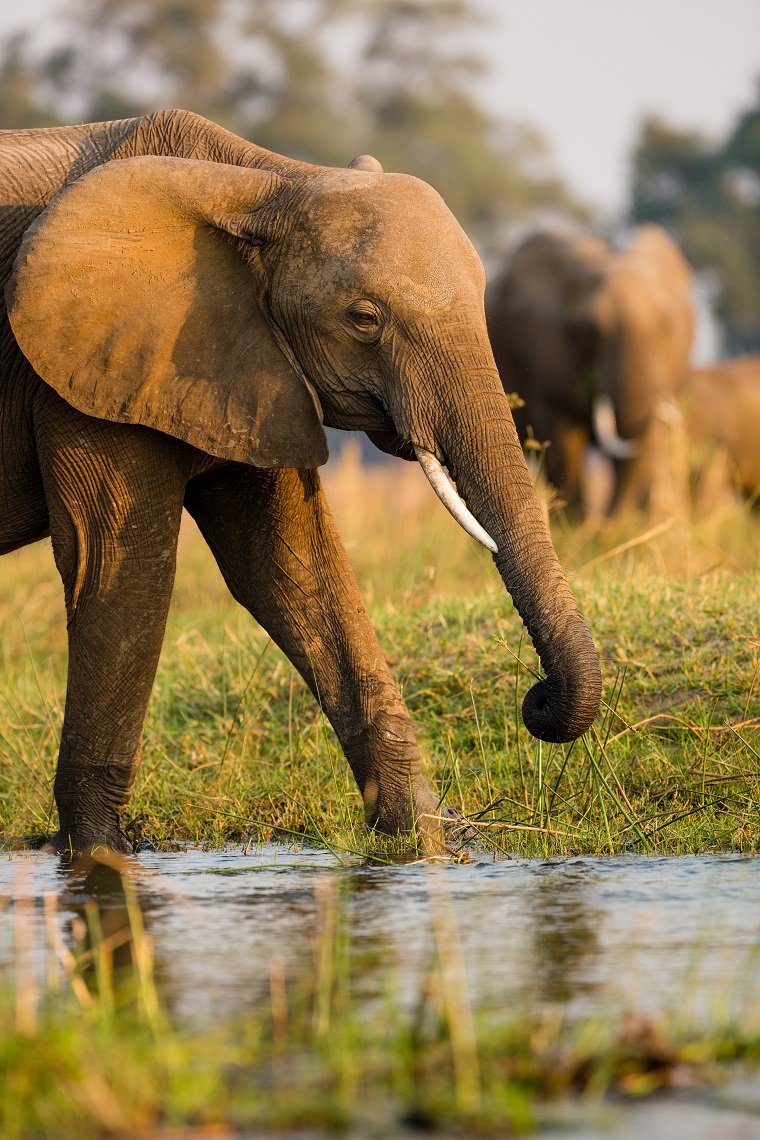
Entering the gorges was like entering a new world. I was totally isolated, enclosed in one of the most dramatic and beautiful places I’d ever set foot. The fast-flowing rapids thundered alongside me as I picked my way over the narrow, rocky terrain, plunging myself into the small rock pools to cool myself down as I went.
After two weeks of clambering over hot basaltic boulders, I worked out that my daily walking distances were now averaging just two miles a day — nothing like the 20 I was accomplishing before. I began to feel seriously impatient and panicked.
My only option, I decided, was to wake up early the following morning and climb out of the gorge. I’d worked out that if I could reach the top, it should be around 12 miles as the crow flies to the Kalomo River, a large tributary to the Zambezi. Here, I’d have access to water and hopefully a much easier route along the top of the gorge.
I got myself up around 4 am, filled up my 2 litres of water, and started my ascent up the scree-riddled cliffside. It took about three hours of clambering upwards to reach the top. Temperatures were now around 45C and I’d already consumed a litre of my water.
I set myself on a compass-bearing heading in the direction of the Kalomo River and started out. But after an hour of walking in what felt like circles through the thick thorn-laden bush, I realised I’d made a seriously bad mistake.
SOS
Despite continually sipping on my water, it just wasn’t enough. It was now mid-morning and temperatures had exceeded 50C. I realised I wasn’t getting anywhere and with my water about to run out, I decided I’d have to get myself back down to the river to avoid dying of heat exposure. I headed back to the cliffside only to be faced by a sheer drop and the river running deep below me in the gorge. There was no safe way to get myself back down to it.
By now, I was starting to feel sick and early signs of heatstroke were setting in. I hunkered down in some patchy shade in a dried-up riverbed feeling more isolated than I had done on the entire journey. I was in big trouble and didn’t know what to do.
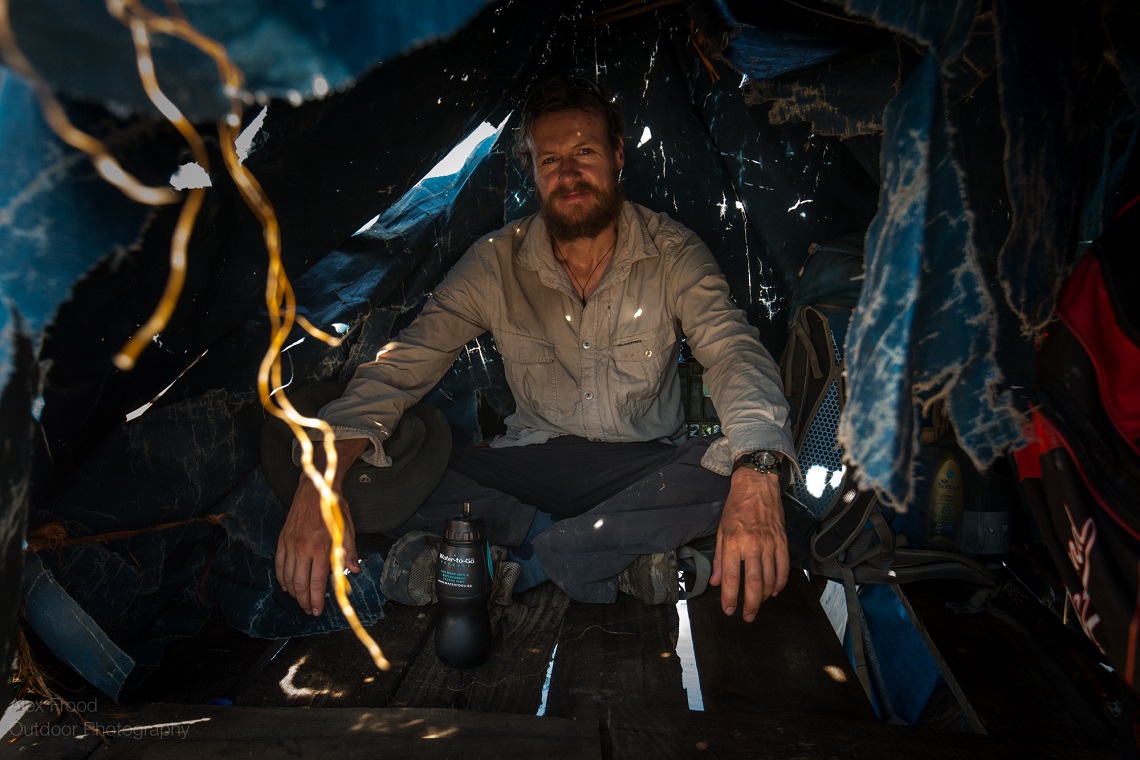
As a last resort, I activated the SOS button on my handheld satellite communicator and sent out an emergency alert to the distress centre somewhere in the United States. I got one back. We messaged back and forth a few more times, me letting them know my situation, and them telling me they were doing all they could to get help to me.
This seemed to go on for quite some time. All the while, I was feeling more and more sick and growing weaker and weaker. Desperate to survive and fearful I might not, I started drinking my own urine as a panicked substitute for the water my body so badly needed.
The last communication I received from the distress centre was them telling me they were sending out a helicopter, but it would take several hours to reach me.
I knew that ‘several hours’ would be too long. By the time the rescue helicopter reached me, I’d be dead. In a panic, I picked myself up and staggered back to the cliffside. I was now looking at it in a completely different light. I could see various branches and jagged rocks sticking out from exposed sections. Then the adrenaline set in.
I launched myself down the side of the gorge, buffeting from branch and rock as I navigated the various ledges on the way down. I fell several times and fainted once, but somehow, I kept moving. Eventually, the waters of the Zambezi appeared like a mirage in front of me. I dropped my whole body into the water and drank like I’d never drank before.
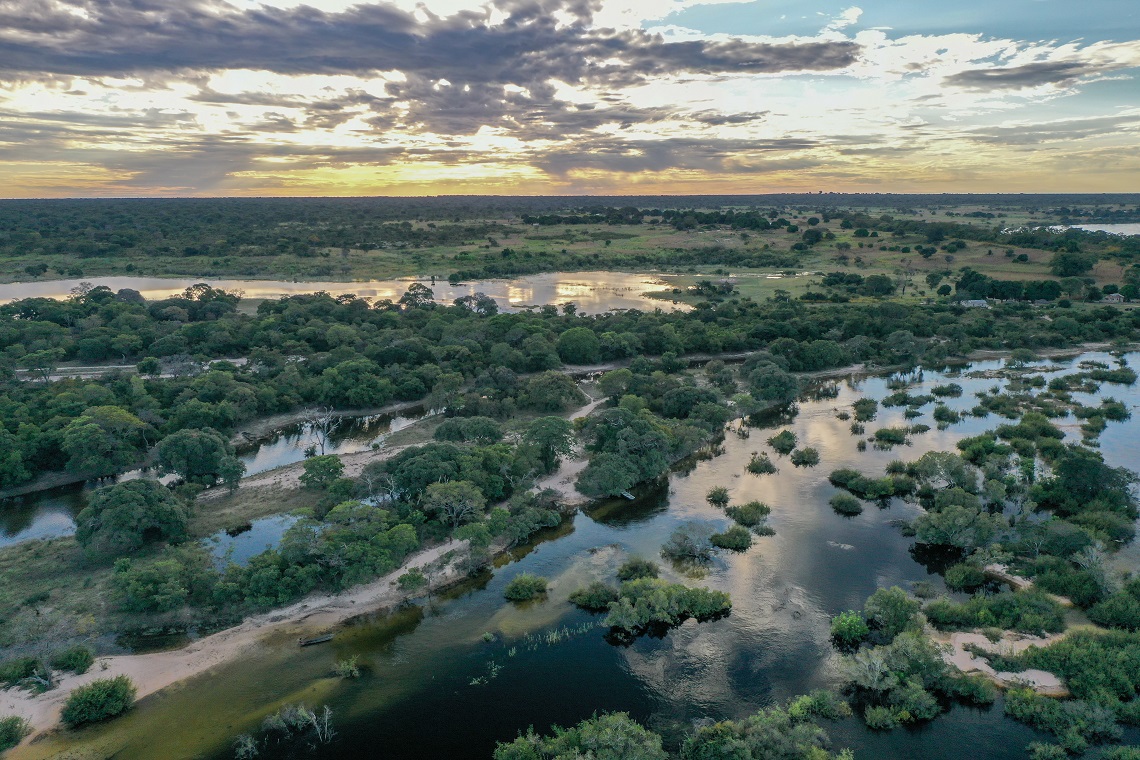
It took me about an hour to cool my body down in the river while drinking what seemed to be about 5 litres of water. When I’d recovered enough, I let the distress centre know that I was okay and longer needed the helicopter rescue.
Once the knowledge that I was safe began to sink in, I wept in frustration, more because I realised how close I’d come to the end of my life. The sensation was overwhelming; I wanted to quit. I began walking back up the river to find the nearest possible way out of the gorge and back to civilisation.
Over the next few days while retracing my steps, I thought about what it was I was trying to do. Walking the length of Africa’s wildest river was never going to be easy. Having kept myself positive for more than 80 days so far, I decided quitting wasn’t the answer. The best course of action was to think wiser and always consider the safest possible way forward.
It took me a total of 137 days of walking to reach the Indian Ocean and the end of my journey. It was certainly the wildest journey I’ve ever done in my life. It taught me so many things about myself, humanity, and the value of just keeping going.
Since then, I’ve maintained a positive mindset. If something ever feels too difficult, I take my mind back to that moment on the banks of the Zambezi and remember how I saved myself. By finding the best path and staying focused, I was able to move forwards. It’s a lesson that’s helped me navigate the river of my life.
WHO’S WRITING?
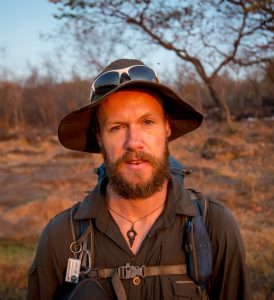 After exploring and hiking the globe for the past two decades. Chaz now lives his life as an explorer, expedition leader and survival guide. His ongoing project, ‘The Wildest Journey’, is all about his remote explorations by foot along Africa’s wildest rivers. With the focus and objective behind the journeys being to raise funds and awareness for wildlife conservation and anti-poaching. Find him at www.thewildestjourney.com
After exploring and hiking the globe for the past two decades. Chaz now lives his life as an explorer, expedition leader and survival guide. His ongoing project, ‘The Wildest Journey’, is all about his remote explorations by foot along Africa’s wildest rivers. With the focus and objective behind the journeys being to raise funds and awareness for wildlife conservation and anti-poaching. Find him at www.thewildestjourney.com



